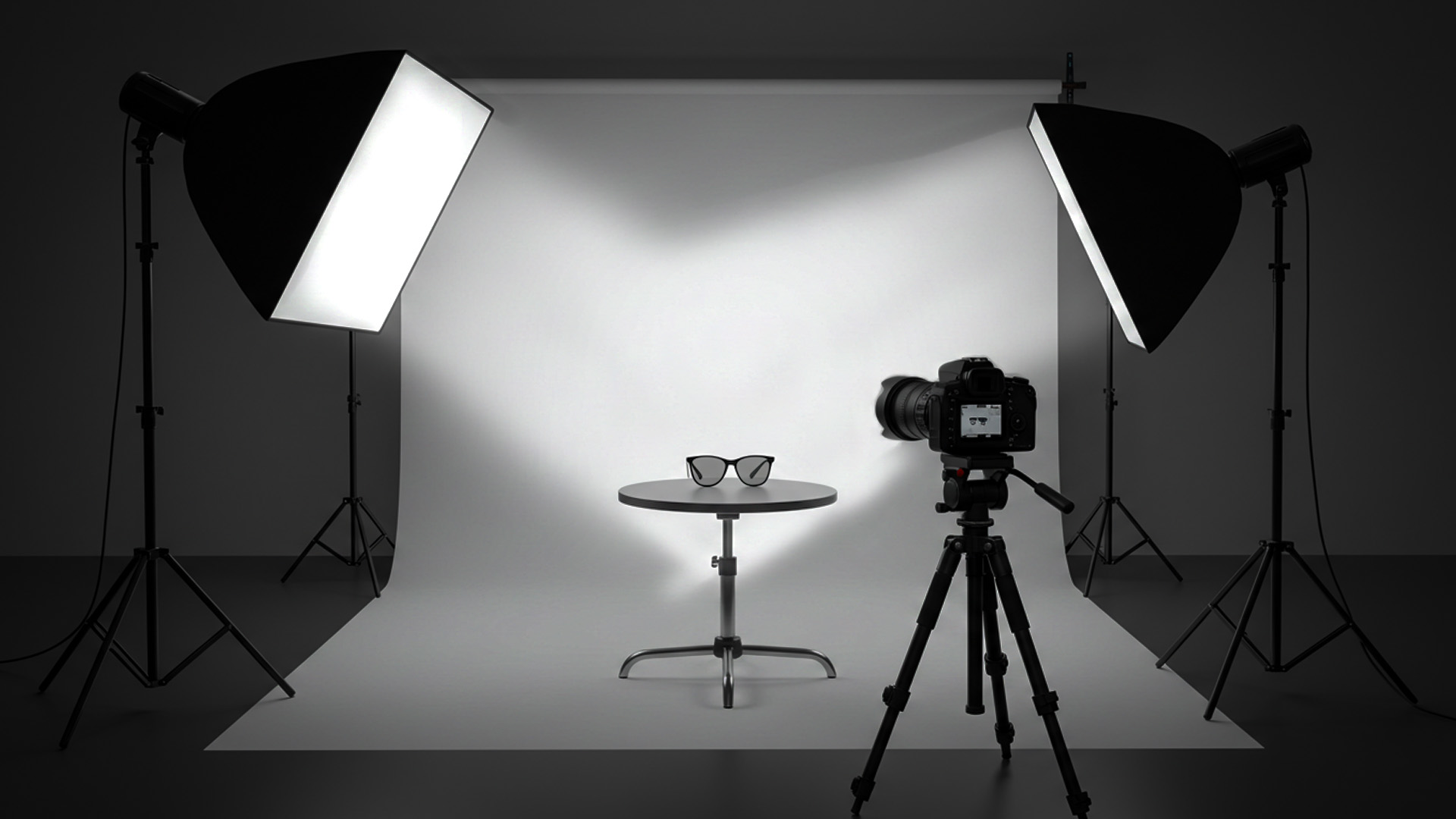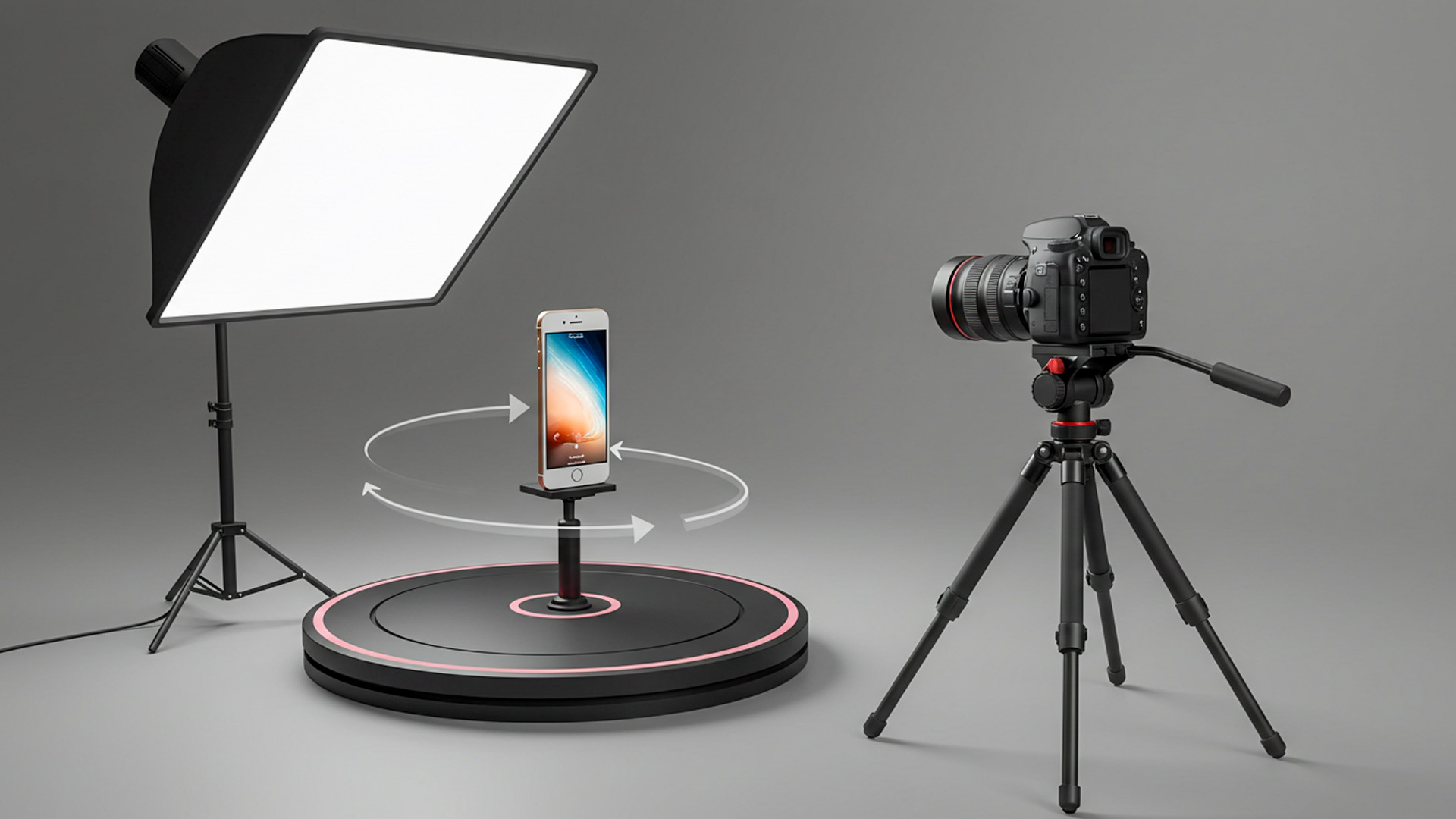The Rise of Interactive Product Storytelling
Imagine walking into a showroom where you can not only view an item from every angle but also rotate it in your hands, zoom into the details, and appreciate its texture under perfect lighting. That is precisely the promise of 360° product photography in 2025. In a world where e-commerce dominates purchasing behavior, interactive and immersive visuals are no longer luxuries—they are expectations. Retailers leveraging this medium build digital trust and replicate the tactile experience of physical shopping. From high-end luxury goods to everyday items, 360° photography bridges the gap between flat pixels and tangible reality, enhancing customer engagement, reducing returns, and boosting conversion rates.
The Psychology Behind Immersive Product Views
Replicating the In-Store Experience
Shoppers instinctively want to touch, turn, and scrutinize products before buying. Traditional static images offer a snapshot but fail to replicate this natural curiosity. By integrating 360° product photography, businesses mimic the sensation of holding an item in one’s hands. This psychological bridge reduces hesitation, as customers feel they have thoroughly inspected a product. It’s akin to test-driving a car instead of merely reading its specifications—experience triumphs over abstraction every time.
The immersive quality goes beyond surface appeal. When customers can rotate an object, zoom into stitches, or evaluate design symmetry, they perceive authenticity. Transparency fosters trust. A shoe shown from all sides feels less like a marketing ploy and more like an honest demonstration. In e-commerce, where doubt translates directly into cart abandonment, authenticity is the currency that drives confidence and loyalty.
Reducing Buyer’s Remorse
One of the hidden costs in e-commerce is buyer’s remorse, often leading to returns. Static images leave room for misinterpretation, creating mismatched expectations. A chair photographed only from the front may look elegant, but without a 360° view, a customer might miss its bulky backrest. When the item arrives, disappointment ensues. By offering a complete visual narrative, sellers minimize this disconnect, reducing return rates and logistical headaches.
The practice also reinforces brand reliability. Shoppers feel valued when companies go the extra mile to provide exhaustive product representations. Returns transform from frustrating chores into rare exceptions. The investment in 360° photography becomes a silent service representative, preemptively answering questions and aligning expectations. In the long run, this translates into fewer conflicts and stronger customer satisfaction metrics.
Engagement as an Emotional Anchor
Engagement is not just about clicks; it’s about emotional resonance. Interactive product views invite participation, transforming passive browsing into active exploration. This psychological shift deepens attachment, much like a museum visitor lingering over an artifact they can examine from every angle. Time spent exploring becomes time invested, and investment fuels commitment to purchase.
Customers are more likely to remember brands that offer immersive experiences. The human brain favors experiences that demand interaction, encoding them more vividly than static encounters. By adopting 360° photography, brands don’t just showcase products—they craft memorable micro-journeys. In the competitive landscape of e-commerce, these micro-journeys become differentiators, anchoring brands in customers’ long-term memory.
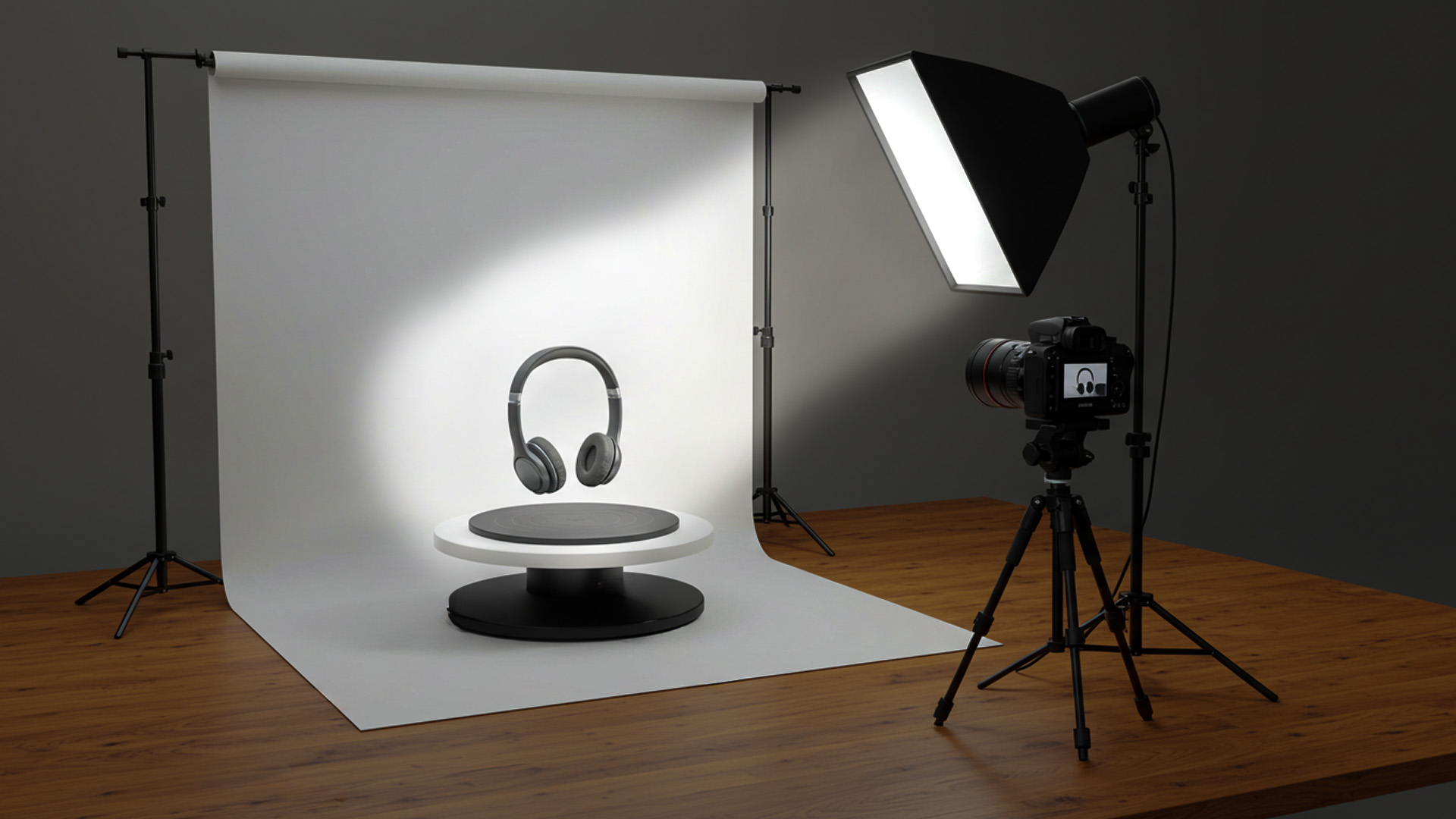
Technical Foundations of 360° Product Photography
Lighting as the Invisible Sculptor
Lighting dictates how products are perceived. In 360° setups, it must remain consistent across dozens of frames. Imagine a necklace photographed with inconsistent shadows—each rotation would reveal distracting flickers, breaking immersion. Continuous, balanced lighting ensures visual stability, letting customers focus on the product rather than technical imperfections. In essence, light sculpts perception, amplifying textures and tones while maintaining authenticity.
Softboxes, ring lights, and diffusers are indispensable tools. They provide even illumination, reducing harsh contrasts that exaggerate flaws or distort details. Professionals often compare light to brushstrokes on a canvas: too heavy, and the painting becomes muddy; too light, and it lacks depth. Precision in lighting ensures that every rotational frame blends seamlessly, creating the illusion of a flawless, tangible object suspended in digital space.
Equipment and Turntables
At the heart of 360° photography lies the motorized turntable. It functions like a stage, ensuring uniform rotation while cameras capture every angle. The precision of this equipment is critical—slight misalignments create jerky animations that erode professionalism. High-end models allow programmable intervals, synchronizing perfectly with shutter releases. This mechanical choreography ensures that the digital rendition mirrors reality with engineering-grade accuracy.
Camera choice also influences outcomes. DSLRs and mirrorless systems dominate, offering high resolution and depth control. Coupled with macro lenses, they reveal intricate details like fabric weaves or engraved textures. While smartphones have improved remarkably, they lack the granular precision demanded by luxury or technical products. In 2025, hybrid rigs blending automation with AI-guided calibration are setting new industry benchmarks, democratizing studio-quality results for mid-market retailers.
Software Integration and Editing
Capturing frames is only half the journey; stitching them into seamless experiences requires software finesse. Modern platforms align, correct, and compress hundreds of images into lightweight, web-friendly files. Without this step, 360° photography risks becoming clunky, slowing websites and frustrating users. Optimization balances quality with performance, ensuring crisp visuals without taxing bandwidth. It’s akin to editing a film—raw footage holds potential, but editing crafts the story.
AI-powered tools now automate background removal, color correction, and object centering, drastically reducing post-production time. Imagine a system that instantly identifies dust specks on a product and eliminates them without manual intervention. This automation not only streamlines workflows but also standardizes results, vital for e-commerce platforms with hundreds of SKUs. In 2025, integration between capture rigs and editing suites represents the frontier of efficiency and consistency.
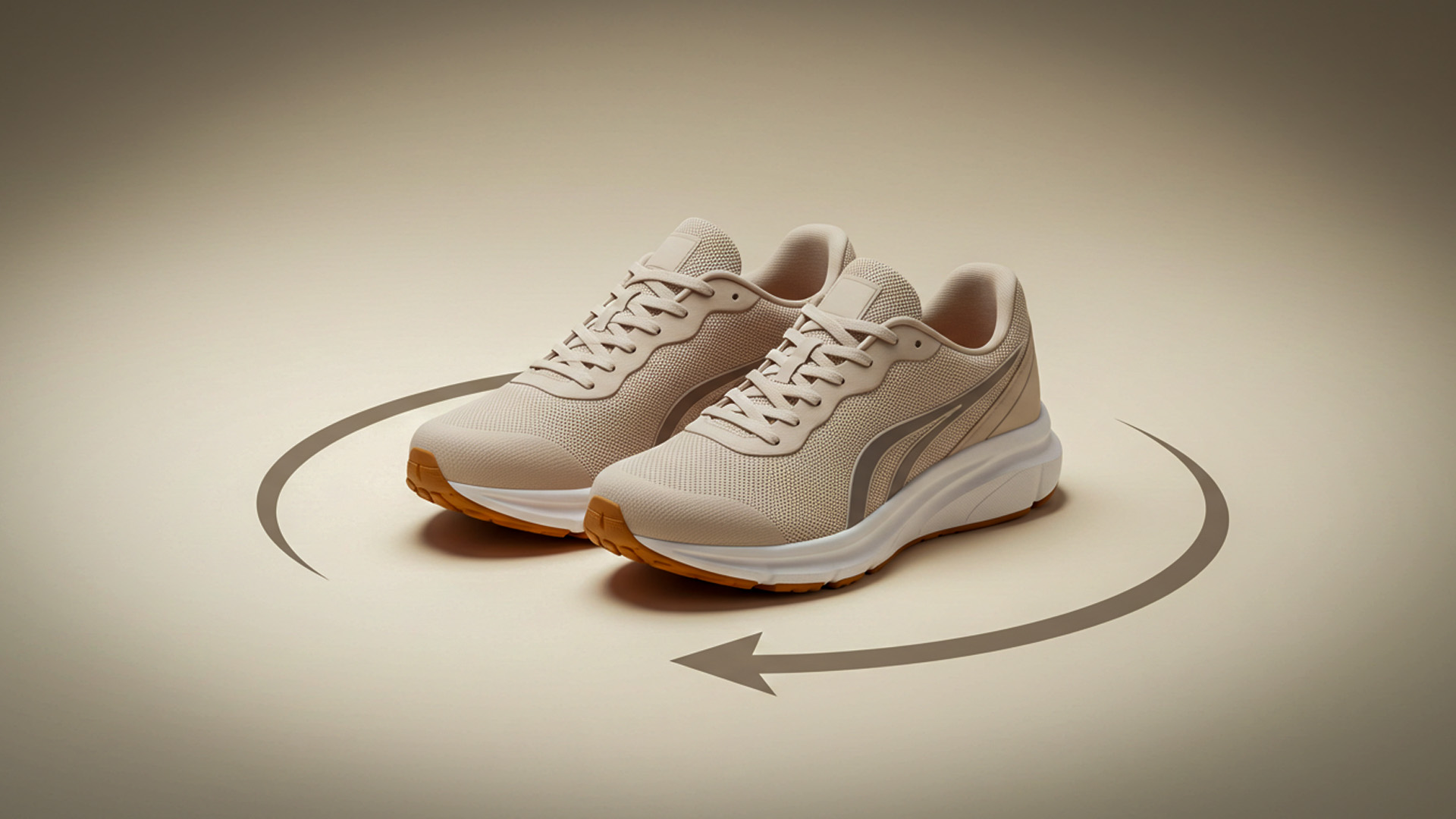
Strategic Implementation for E-Commerce
Balancing Quality with Load Times
High-resolution visuals tempt businesses, but oversized files can sabotage user experience. Slow-loading product pages deter shoppers, mirroring the frustration of waiting in a long checkout line. Strategic compression and CDN delivery balance quality with speed, ensuring that 360° experiences remain fluid. The art lies in offering crisp detail while respecting the limitations of mobile networks and varying global bandwidth.
Lazy loading and adaptive formats like WebP provide technical lifelines. By delivering only what users need when they need it, websites reduce strain without sacrificing immersion. It’s like opening blinds gradually rather than flooding a room with blinding light—the reveal feels natural and manageable. Brands that master this balance retain engagement while optimizing search engine performance, where page speed remains a ranking factor.
Integrating with Online Marketplaces
While standalone websites offer flexibility, many sales occur on third-party marketplaces like Amazon or Shopify-based storefronts. Compatibility becomes crucial. Platforms may impose file size, format, or frame count restrictions, requiring strategic adjustments. Retailers must adapt without diluting the immersive value of 360° presentations. This adaptation is less compromise and more choreography, aligning artistic ambitions with platform realities.
APIs and plugins increasingly bridge these gaps, enabling seamless uploads and integrations. For example, advanced Shopify apps now allow interactive product views directly in listings, maintaining consistent branding across ecosystems. By ensuring that 360° assets align with marketplace specifications, sellers maximize visibility without alienating buyers. Ultimately, integration determines scalability, ensuring immersive content reaches audiences wherever they shop.
Analytics and Conversion Insights
Data turns creativity into strategy. By tracking user interactions with 360° assets—rotations, zoom levels, or time spent exploring—retailers gain actionable insights into buyer intent. If customers linger on specific angles, it signals features worth highlighting in descriptions or promotional campaigns. In effect, the product becomes its own focus group, narrating consumer priorities through engagement metrics.
These insights extend beyond sales optimization. They influence product design, inventory decisions, and marketing narratives. Suppose analytics reveal that customers consistently zoom into shoe soles—manufacturers might emphasize durability in future releases. By weaving behavioral data into decision-making, businesses transform 360° photography from an aesthetic choice into a strategic asset, compounding its value across operations.
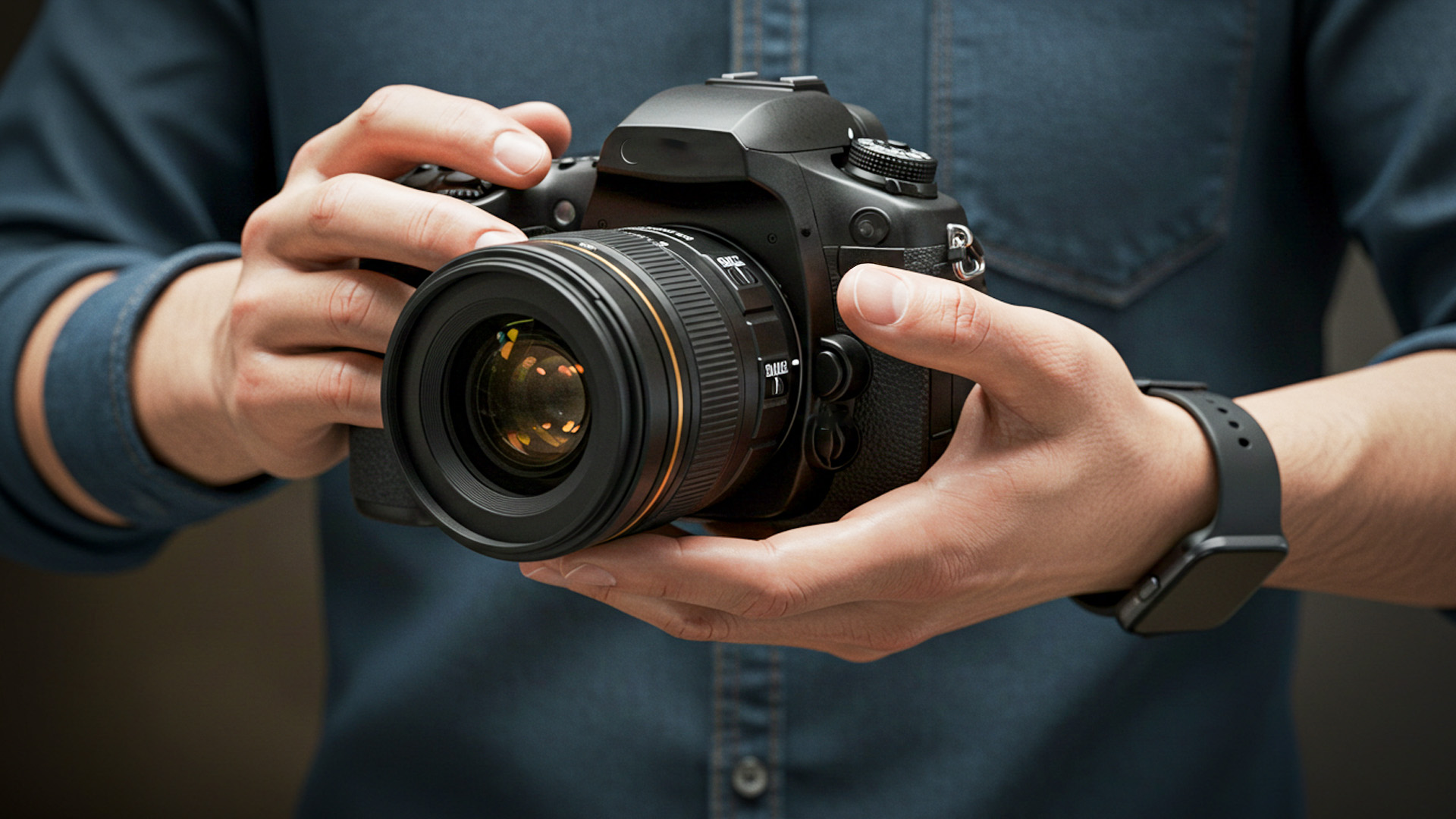
Future Horizons: Innovations Redefining 360° Imaging
Augmented Reality Synergy
The convergence of 360° photography and augmented reality (AR) promises to erase the final barrier between digital and physical shopping. Imagine rotating a handbag online, then projecting it onto your living room table through your phone. This fusion empowers customers to visualize context, blending imagination with reality. For brands, it means offering not just products but experiences that anchor emotionally with buyers.
Retailers that invest early in AR-ready 360° assets future-proof their strategies. As AR becomes mainstream, these immersive files will integrate seamlessly into apps and headsets, offering lifelike simulations. The boundary between product photography and experiential marketing will blur, turning every listing into a stage for storytelling. In this hybrid future, interactivity becomes the universal language of trust and persuasion.
AI-Enhanced Image Generation
Artificial intelligence is transforming photography workflows. In 2025, AI engines not only edit but also generate synthetic frames, filling gaps where photos may be incomplete. This innovation reduces shoot times and expands creative freedom, ensuring flawless rotations even under imperfect conditions. It’s akin to having a digital artist refine every stroke after a photoshoot, elevating results beyond raw capture.
AI also personalizes outputs. By analyzing user preferences, systems could highlight specific angles automatically—showing fashion-conscious shoppers the details of a garment’s stitching while tech enthusiasts see a gadget’s ports first. This adaptive storytelling turns static product pages into dynamic canvases, tailoring experiences in real time. Brands leveraging these tools will differentiate themselves in markets where personalization is synonymous with relevance.
Sustainability and Virtual Showrooms
Beyond technology, sustainability drives adoption. By creating virtual showrooms powered by 360° assets, brands reduce the need for physical inventory in multiple locations. Shoppers can explore entire catalogs digitally, minimizing the carbon footprint of samples and displays. This evolution echoes the shift from printed catalogs to e-commerce—streamlined, efficient, and environmentally conscious.
Virtual showrooms also unlock global accessibility. A boutique in Milan can instantly showcase its collection to a buyer in Tokyo, eliminating geographic constraints. In an era where conscious consumption intersects with digital globalization, 360° photography emerges not only as a tool of persuasion but also as an emblem of sustainable innovation. It redefines commerce as both immersive and responsible.
